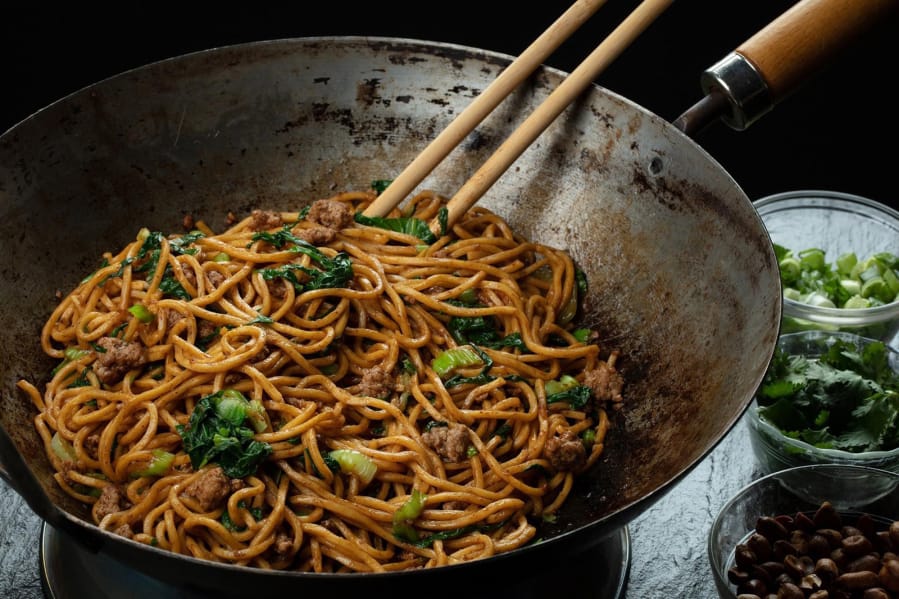If you’re like me, God help you, you’re a sucker for cheap thrills, like the exciting physiological response that accompanies various items of consumption.
Problem is, booze is so 2019, isn’t it? On top of that, I seem to have misplaced my copy of Aunt Poot’s novocaine cobbler recipe.
Fortunately, as we shall soon see, there are Sichuan peppercorns, begging us to place them in soups and sauces, stews and stir-fries and possibly something that doesn’t start with the letter s. Let us take a page, then, from Chinese cooks who gave us such iconic dishes as mapo tofu, and examine this seed of the shrub known as prickly ash.
Why you need to learn this
You are a creature of discernment, of refinement, of cultured good taste, and you are looking for a different kind of chemical buzz, not the kind that compels you to acts of stentorian silliness, but, the kind that leaves you free of regret. Look no further, crazy pilgrim, than the Sichuan peppercorn.



